Protecting The Capital
Much like other ground units assigned to protect the capital, the 1st Division of the Japanese Ground Self-Defense Force (JGSDF) is tasked with defending the Tokyo Metropolitan Area.
Often referred to as the “Number One Division” due to its designated number, JGSDF’s 1st Division is responsible for protecting a wide area stretching across seven prefectures.
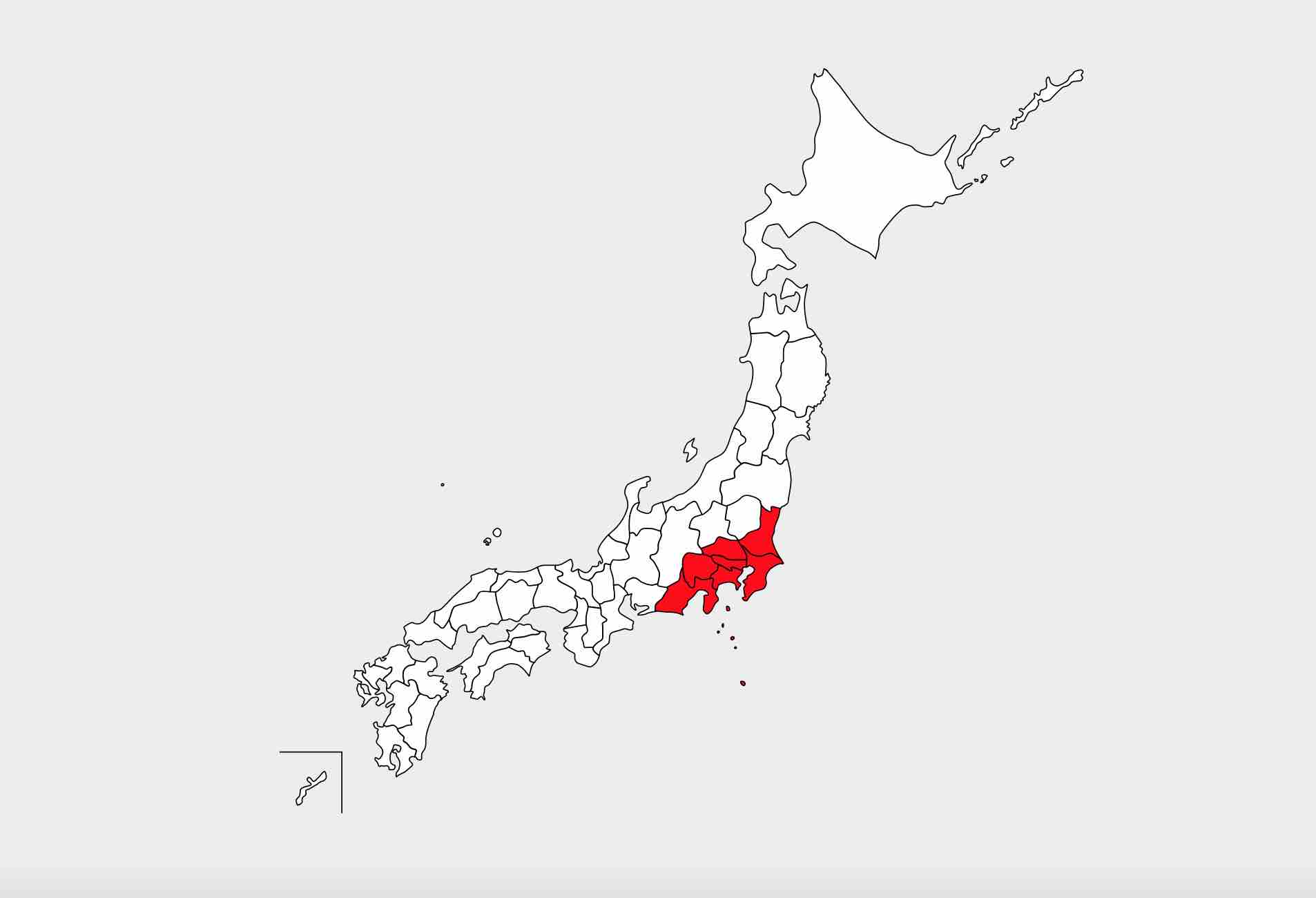 Responsible area of JGSDF’s 1st Division
Responsible area of JGSDF’s 1st Division
With three infantry regiments serving as the core, the 1st division has approximately 6,500 personnel, and is mainly considered as a static division defending its designated area.
But, the recent security environment has caused the 1st Division to take a more mobile approach, enabling some of its units to rapidly deploy to other areas across the country.
Nevertheless, it is unlikely the 1st Division would be used for directly reinforcing other units at the expense of defending the capital, especially when other divisions/brigades are also being transformed into mobile units.
In the event of a contingency in the southwestern region, the primary combat roles would fall on the shoulders of the 15th Brigade (Okinawa), the Amphibious Rapid Deployment Brigade, and the 1st Airborne Brigade, with nearby units supporting such task.
The 1st Division would likely be held in reserve, though their main focus would be handling any internal unrest or sabotage efforts by enemy agents in Tokyo.
Now, let’s take a closer look at the division’s organization and equipment.
Firstly, the infantry regiment is consisted of five companies instead of the standard three company configuration, indicating JGSDF’s emphasis on the division’s overall strength.
On the other hand, recent restructuring efforts have disbanded the division’s only tank battalion, allocating the Type 16 Maneuver Combat Vehicle as an alternative.
While some may find it concerning that the division protecting Tokyo lacks any tanks, the metropolitan environment requires any unit to engage in urban combat rather than field tactics.
In such urban combat scenarios, Type 16 MCVs and light armored vehicles may prove to be more suitable than heavier tanks.
Furthermore, the 1st Division enjoys the luxury of receiving “better” personnel compared to other divisions/brigades, especially in terms of infantry.
On an interesting side note, the division also represents the entire JGSDF in national events, including the Emperor’s enthronement ceremony and state funerals. Thus, the 1st Division is the only JGSDF unit equipped with salute guns, using special 105mm howitzers to perform honors.
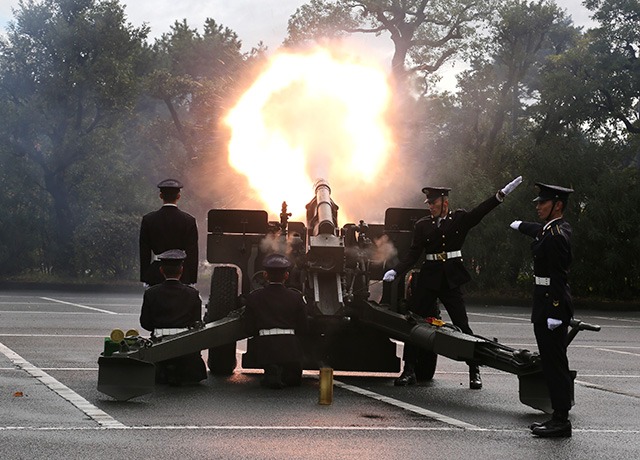 1st Division’s 105mm salute gun (photo: JGSDF)
1st Division’s 105mm salute gun (photo: JGSDF)
To sum up, the 1st Division certainly does not match the 7th Armored Division in terms of sheer strength nor does its soldiers compare to the 1st Airborne Brigade.
But, the division takes pride in being the prestigious unit entrusted with defending the capital, and has highly skilled infantry at its disposal.
Subject To Surveillance
Although the responsibility of protecting the capital comes with certain pride, the 1st Division is said to have been under surveillance by the Public Security Police.
It is often thought that the public security police mostly monitors radical leftist factions or cult groups, but in reality, they also watch out for potential coups by the Self-Defense Forces.
For the ordinary citizen, a military coup in present-day Japan is unthinkable.
But, considering military uprisings like the February 26 Incident in 1936 and the failed coup in August 1945, it is understandable for the police to be wary of any military presence within the capital.
History has proven that units stationed in the vicinity of the capital always are targeted by coup attempts in order to take swift control over government districts.
Of course, the current 1st Division is not the Imperial Army’s 1st Division who was responsible for the February 26 Incident, but they are stationed in the same Tokyo area.
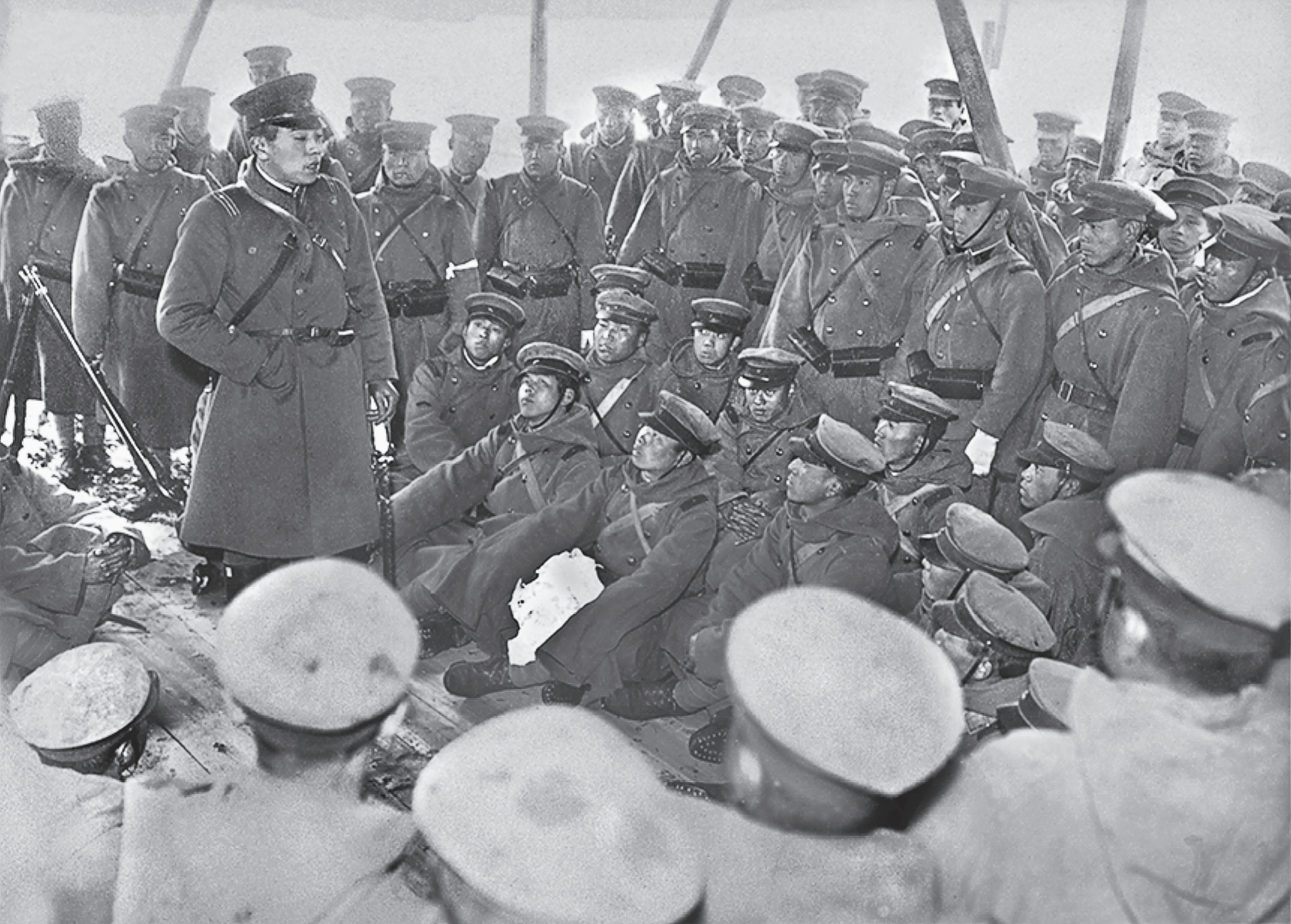 1st Division during the February 25 Incident
1st Division during the February 25 Incident
If we turn our attention to postwar history, the 1970 Mishima Incident, a failed coup attempt by the famous novelist and nationalist, actually tried to mobilize the 32nd regiment of the JGSDF 1st Division.
During the 1990s, the Aum-Shinrikyo, the infamous cult group responsible for the 1995 Tokyo Subway Sarin Attack, purportedly planned to take the families of the 1st Airborne Brigade as hostage in their scheme to overthrow the government.
Even in popular culture, the anime movie “Patlabor” shows units from the JGSDF 1st Division occupying the capital Tokyo under the pretext of maintaining public order.
Such plans and depictions underscore how military units tasked with defending the capital are inevitably seen as potential coup participants.
That being said, it is crucial to point out that the possibility of the current Self-Defense Forces intervening in politics, let alone attempting a coup, is nearly close to zero.
Fortunately, the modern day Japanese forces are nothing like their Imperial era counterparts, particularly in their relations with politics.

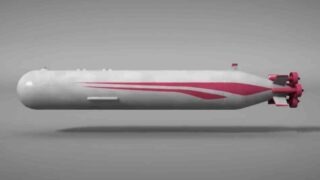
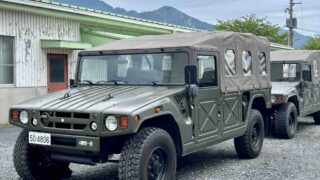
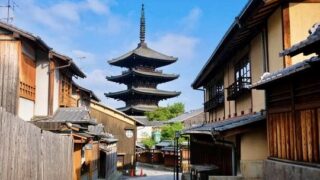
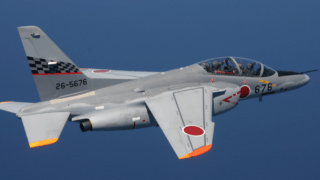
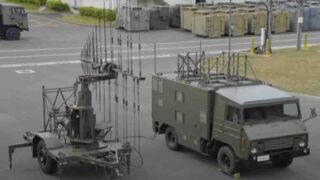
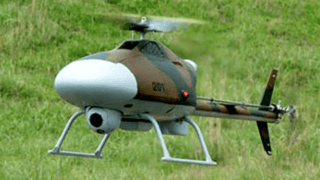
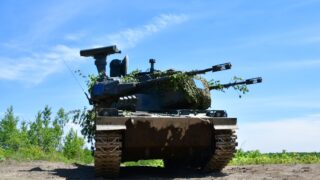
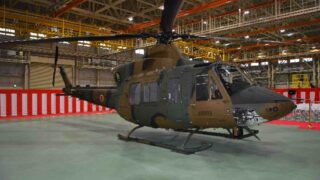

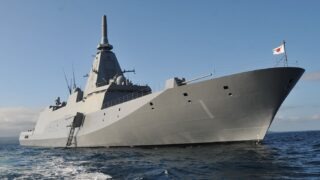
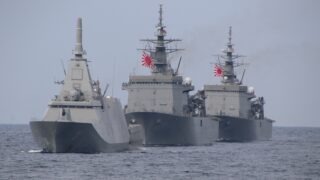
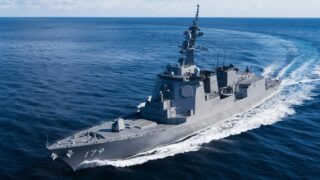
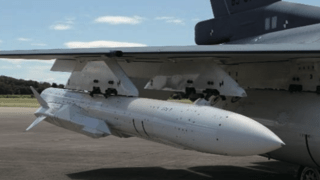

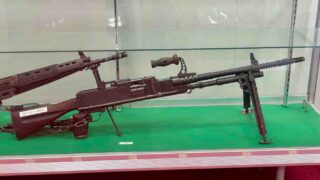

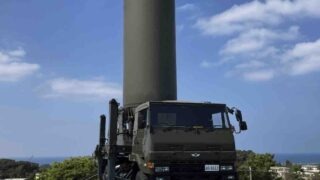

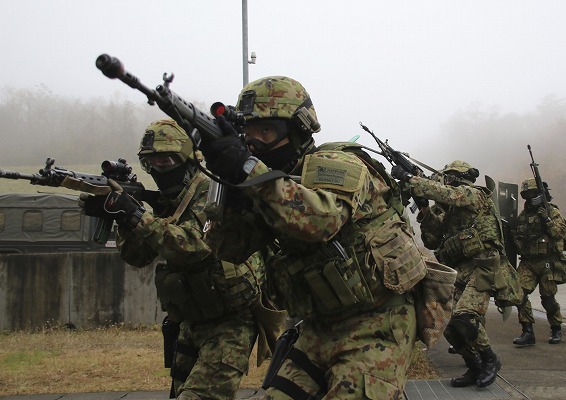
Comments